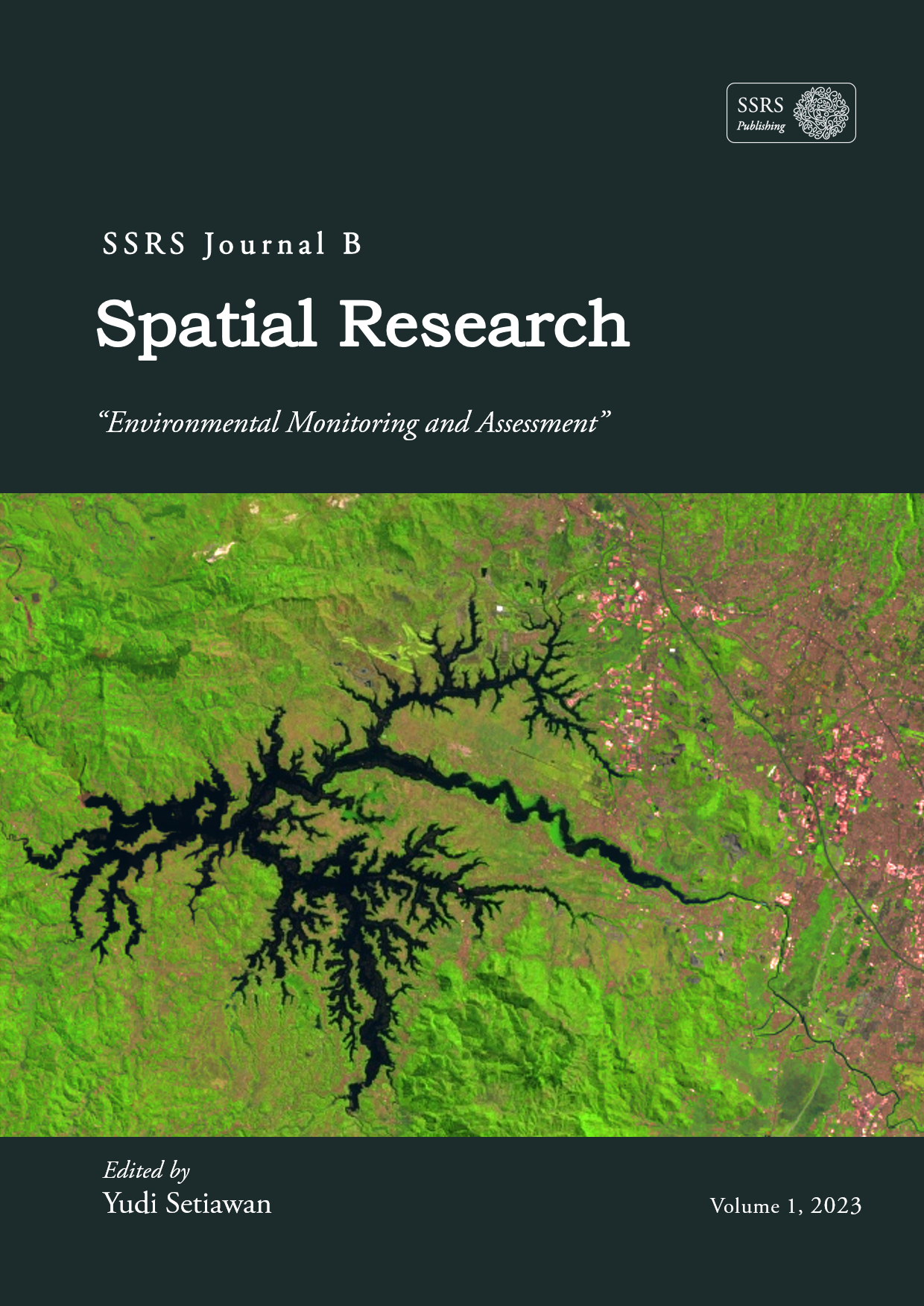Analysis of Land Use Land Cover Changes using Random Forest through Google Earth Engine in Depok City, Indonesia
Abstrak
The development of human activities in a location causes land use and land covers (LULC) changes. If the activities are concentrated for a long time, it can lead to a change from a rural characteristic to an urban one, known as urbanization. This phenomenon has occurred rapidly in Depok City after a change in administrative status, changing into a city with 11 districts. The urbanization process in Depok City from 2013-2022 experienced a very rapid LULC change, so monitoring is essential. The purpose of this study is to monitor LULC changes from 2013-2022. The method used is classification using Random Forest available on the GEE platform, with four input indices consisting of NDVI, NDWI, NDBaI, and NDBI. The images used are median Landsat-8 OLI/TIRS atmospherically corrected surface reflectance. LULC characteristics based on the indices are visualized in boxplot. NDVI is able to increase vegetation values, NDBaI has limitations in distinguishing open land from built-up areas, NDBI is able to increase built-up area values, and NDWI is able to increase water body values but still overlaps with built-up area values. The results show that the biggest change is the conversion of prepared barren land into built-up areas. In supporting population growth, Depok City has expanded its built-up area by 72.355 km2, while barren land, which was mostly prepared, decreased by 70.300 km2 from 2013-2022. The accuracy of the classification process has good performance with UA and PA accuracy of 80-100%. The average values of OA and Kappa have high accuracy which are above 90%.






